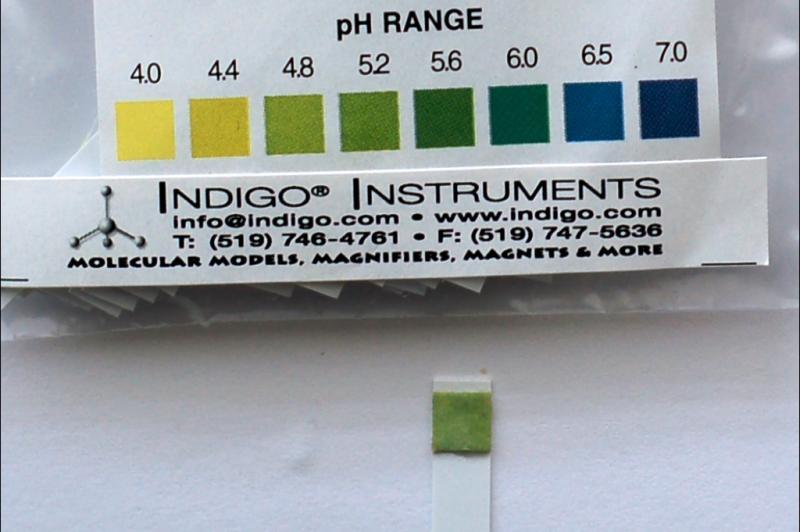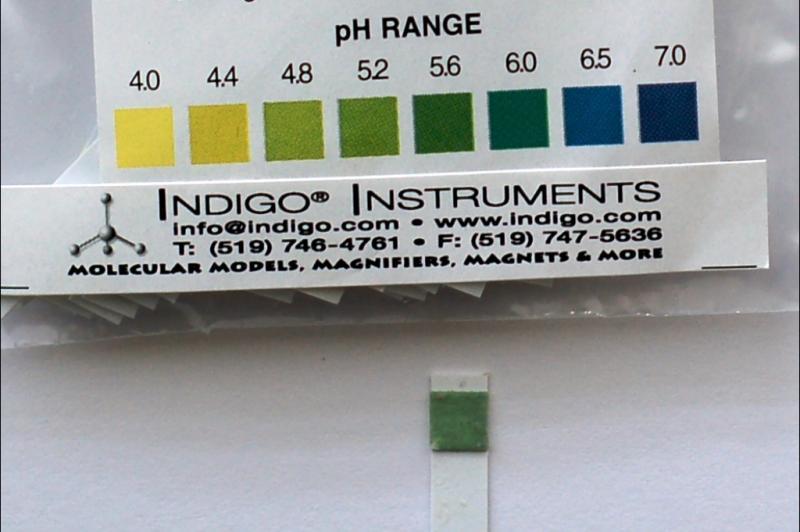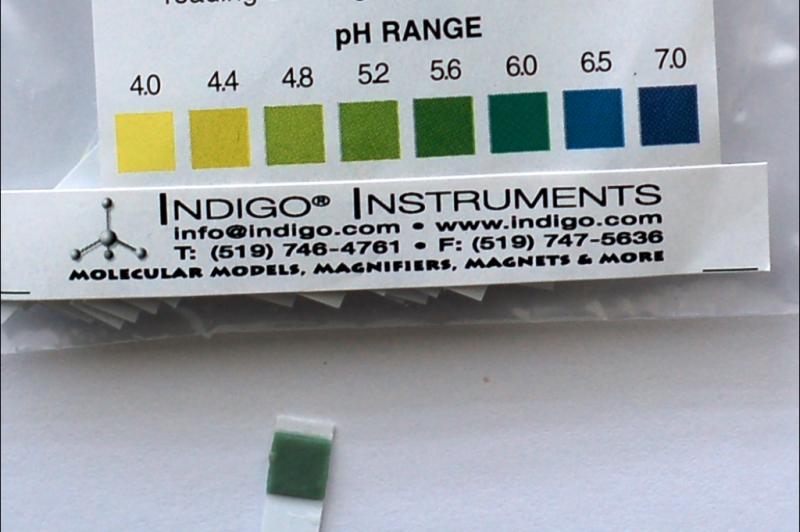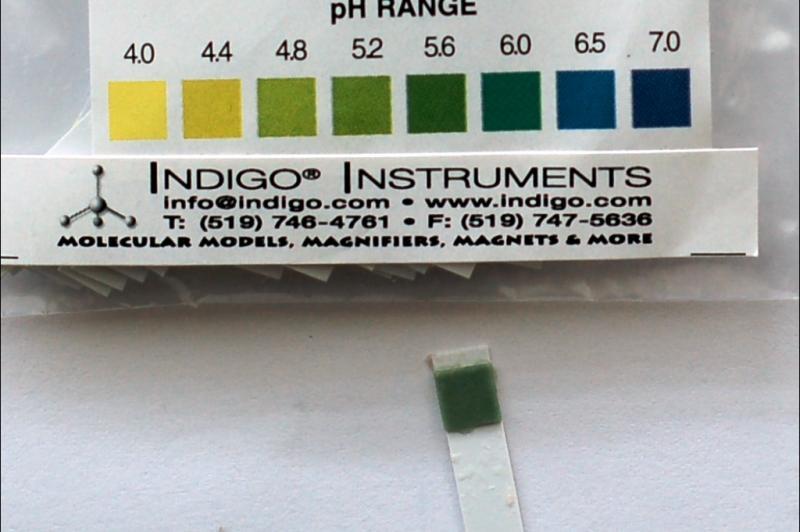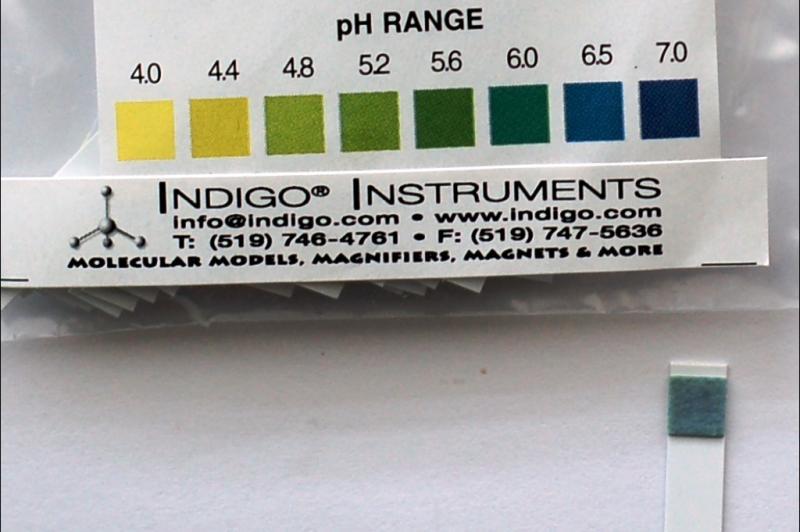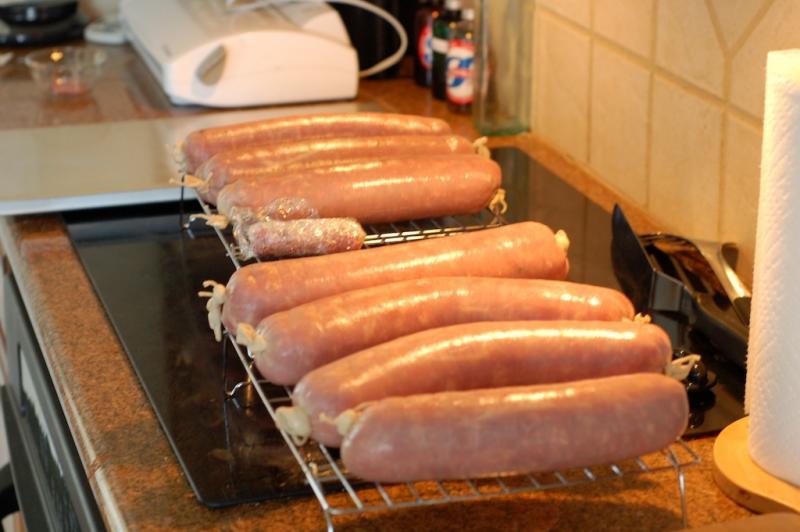-
Posts
10,190 -
Joined
-
Last visited
Content Type
Profiles
Forums
Store
Help Articles
Everything posted by Chris Hennes
-
Don't knock it 'till you've tried it... brussels sprout gratin is awesome. This one tasted great, it just looked unappetizing.
-
I had never heard of TasteBook until a few minutes ago when another member mentioned them in the "Are Your Cookbooks Dirty or Clean?" topic. It's been a few years since they started, and it looks like they have a lot of different publishers on board. And I think even better than that is the possibility of using them to enter in your own favorite recipes and getting them bound up for you. Does anyone else have any experience with them?
-
I made a bechamel, then took it off the heat, stirred in the cheese until it was fully incorporated, and then poured it over the sprouts. The parm in this case was a two and a half year old Vacche Rosse since that's all I had on hand. The cheddar was the grocery-store-variety Cabot Extra Sharp. I wonder if maybe I needed to make a thicker bechamel (more flour) to compensate for the non-melting-friendly cheeses? Ordinarily I use Gruyere in gratins, but I didn't have any on hand. That's a good thought too, since I'm already blanching the sprouts I could just finish the job that way, then make a stronger cheese sauce and give it a quick hit from the broiler.
-
It looked like a protein coagulation problem to me, but I'm not an expert on that: there wasn't freestanding water, it was like the sauce had separated from itself into small particles. I used the amount of cheese that Peterson suggested (2oz cheese to 8oz milk and 4oz cream), and he lists whole bunch that would be OK, including the two I used (parm and cheddar). The sprouts were left whole if they were small, or halved/quartered as necessary to get them to a uniform size for cooking.
-
Well, the sauce was sort of grainy/lumpy: like tiny particles of coagulated cheese sticking to the brussels sprouts. Is that broken?
-
I may have exacerbated the "too-much-water" problem in this case, as well, since I blanched them for five minutes first and did not carefully dry them before pouring the sauce over.
-
I have no idea if I used a different type of cheese: I used half parmesan and half sharp cheddar this time. And no, the recipe doesn't call for an acid. Which doesn't mean it doesn't need one to hold together...
-
I noticed the other night that while most of my cookbooks are relatively clean, my cocktail books have splashes of every liquor available in the state of Oklahoma on them. I apparently don't use those only for "inspiration"...
-
I made brussels sprout gratin the other night using a recipe from James Peterson's Vegetables. I think I've made it before, but of course I don't recall how it turned out. At any rate, it's basically just sauce mornay (e.g. a Bechamel with cheese) poured over the brussels sprouts and baked. The mornay was fine when I first made it, nice and smooth. But after 30 minutes in a 350°F oven it had broken. It still tasted good, of course, but texturally and visually it was a bit unappealing. Why did this happen, and what can I do to stop it?
-

Curing and Cooking with Ruhlman & Polcyn's "Charcuterie" (Part 6)
Chris Hennes replied to a topic in Cooking
abadoozy, did you ever make that Mortadella? I've started looking at various recipes and Ruhlman's is one I'm considering. Any thoughts on it? -
When you braise aren't you applying basically the same temperature to all the ingredients? I definitely think that trying to make a braise using sous vide is not a great idea, so I agree with you and Heidi on that front. I'm just arguing that the notion that sous vide isn't going to give you complex flavors is wrong. Many of the greatest chefs in the world use SV extensively in their cooking, and to my palate the results are plenty complex. But I bet they don't use SV to replicate a braise! Teddy Devico, I'd be interested to hear more about your experiences using SV techniques to create braised-like results. How exactly are you accomplishing it?
-
Salami pH Testing, Take Two Using the test strips I've got, and armed with two fresh batches of salami at 80 hours of fermentation at 20°C with the T-SPX culture (adding in greater quantity and with greater care than before), I tried a few different pH measurement techniques. First off, I simply pressed the test area onto the middle part of a sample cut off of my test article: Second, I added just a drop or two of tap water to the test sample, mashed it in with a fork, and again pressed the strip against it: Next, I followed the instructions typically given in books to make a slurry using 50/50 salami and water. I mashed the salami and water together thoroughly with a fork, and then immediately dipped the strip, scooping against the meat chunks: Next, I took dougal's suggestion and let that slurry "marinate" for an hour. I then stirred it up a bit more, and again scooping against the meat: Finally, as a control test I wetted a piece of clean paper towel with tap water, and then squeezed it as dry as I could, in an attempt to approximate the moistness of the first test sample (the salami alone test, with no additional water): It's interesting to me to look back at these photos as see how much clearer the colors are than they were live in my kitchen: there, the differing reflectivity of the test sample and the chart made it a bit difficult to compare the colors, as opposed to looking more at the darkness, or saturation. For reference, based on the quantity of sugar in these salami and the fermentation temperature, I expect the pH after 80 hours to be approximately 4.8, if everything worked properly. This is the minimum pH I expect to reach during the process, after 80 hours nearly all of the sugar should have been consumed by the T-SPX. In the photos, a couple things seem apparent: First off, the "control" sample I show at the end gives the same results as dipping the strip in a cup of tap water (no photo taken, but I compared them side-by-side), which confirms that very little actual liquid is required to get a measurement. Second, I believe this confirms dougal's suggestion above that the slurry is much more dilute than expected, at least until it has "marinated" for a hour. I only tested a one-hour time lapse: it could well be that it takes several hours for the solution to equalize at the actual pH. By my reading the pH of the pre-marination reads between 6 and 6.5, whereas after an hour it reads closer to the 5.6 on the chart (which corresponds to an actual measured pH of 5.3 once corrected for the dilution). Third, the pH measured by simply pressing the strip into the middle of a freshly-cut piece of my test article gives between 4.8 and 5.2, basically exactly the expected pH for a successful fermentation. So IF this is a valid measurement technique, then the pH is spot on, the fermentation was successful, and my second safety factor is in place (the cure #2 being the first line of defense). Any suggestions on how else to test the correctness of this way of using the papers? Finally, here are the salami after fermentation (the plastic-wrapped bit in the middle is one of my test samples). On the far side are three Salami Finocchiona, and an the near are four Salami Lombardia.
-
The key to SV flavor complexity is that (when that's what you're going for) you don't just put the protein alone in the bag. Is your thinking that if you took the exact same set of ingredients from your braise, put them in a bag, and cooked the whole lot SV (which it seems to me is what Teddy Devico was suggesting above), that the dish would be less complex tasting? Different tasting, and with a different texture, sure. But less complex? That said, my main point was that a classic braise doesn't rely on the high-precision temperature control that is SV cooking's greatest strength, so I don't see the desirability of doing it the way that Teddy Devico suggests.
-
I disagree with the notion that using SV can't "yield the complexity of a well done braise": SV is a great way of focusing flavors. But I don't see the point of using sous vide in this application: you're not trying to hit a small target temperature that gives you the perfect texture, you're trying to break down all of the connective tissues at a relatively high temperature. If you were looking for a "unique" result SV might make sense, as in dishes where you cook at relatively low temps for very long times, but that's a different product entirely—I don't think we want all of our braises like that.
-
A Hamburger Today posted a mini-review of all the McD's Snack Wraps today and came to the not-so-surprising conclusion that the "Mac Wrap" is the worst of the lot. I don't mind the two chicken wraps myself, though I'm definitely more of a QPC guy, but I think I'll continue to avoid the Big Mac Minus The Bun thing they've developed here. What kind of focus group got them to think this was a good idea?
-
I just bought mine from the girl who came by the house with a wagon full. Well, actually, her dad came by with the wagon full, and she made the sales pitch. Very effective arrangement, dad can haul a lot more cookies!
-
The Art of Eating is probably the most peculiar periodic I subscribe to. For those not familiar with it—calling it a "magazine" seems to sell it short, but calling it a "journal" may be giving it too much credit. The topics range far and wide in the world of food, tending towards the idiosyncratic; the writing is usually good, or at least better than the standard food-glossy fair, but occasionally slips into the dry prose more typical of an academic. It is not, in fact, "glossy" in the literal sense, which I think is a nice design choice. And it remains the only thing I subscribe to that I always read cover to cover (eventually). I generally save the issues when they arrive to bring with me on planes, when I am guaranteed a relatively uninterrupted stretch of time to read them. I've only been a subscriber for a few years, but I think this one's a keeper. Any other subscribers (or former subscribers) out there? Is it a "coffee table" subscription, do you leaf through them, do you dwell on his every word?
-
It's that time of year again... and as usual I'm a complete sucker for the things. I went with a peanut butter theme this year, picking up a box of Tagalongs and a box of Do-si-dos. Neither ever manages to be as good as I remember them being, but that's probably just a bad memory! Which varieties did you all grab this year?
-
Alright, the flights I wanted hit my target price this morning, so two non-refundable tickets purchased... I guess that makes me and my +1 a definite, Steve. Looking forward to seeing you all in April!
-
Just make sure it's not really Jamaican "pimento," which to us is Allspice. Probably not a substitute for paprika in that case!
-
I've got a hotel room (wow, Steve, those group rates at the Springhill Suites are fantastic!), but I'm still holding out hope for the direct flight to Dulles to come down in price a little. So I don't know what percentage that puts me at... probably still just "Maybe".
-
Excellent suggestions. I thought about doing the blender thing, but I would have had to use up my whole sample (about 100 grams per variety) to have enough volume to get it to blend. So what I did was add 10mL of water to 10g of sausage (this is the ratio suggested in the Marianski book), mashed it up as best I could with a fork, and let it sit for 10-15 minutes. Then I stuck the strip in and sort of "scooped" at the little chunks of meat in there, for maybe three seconds. I wonder if the sausage is moist enough on its own to just press a test strip against it: I bought two packages of strips, so maybe I'll do some experimentation with the next batch. Your idea of trying to squeeze a "liquor" out of the sausage sounds promising. After all, only a drop or two is really needed, the test area is very small.
-
dougal, you're right, of course, dumping the whole batch was really unnecessary for a home charcuterier. The guidelines I am following with regard to the safety are intended for commercial producers in the US, who of course must follow much more strict controls than we do. In addition, I was a little gun-shy because I've never used this particular culture before, nor the salami recipe, so I don't really trust either of them yet. Nevertheless, what's done is done, and the new batch (using much more starter and being much more careful with it) is in the chamber incubating as we speak. scotty2, the starter was purchased the week prior to using it, and was in an unopened package until I started mixing, so I sure hope age wasn't part of it! To do the pH measurement I am diluting the salami with an equal weight of water. I didn't bother to correct the numbers I reported for the dilution since they were so far off the target pH. If my math is correct, if I dilute a sausage with a pH of 4.9 by half, I should measure a pH of about 5.2. The (corrected) pH of my Salami Lombardia mixture before curing was about 6.
-
I've had my Beater Blade since Christmas now, and it may be the only thing in my kitchen that if it broke, I'd pay for overnight shipping to replace. I've used it to do the preliminary mix on bread dough, to make cookies and brownies, and to do the bind on sausage, and it performed exactly as advertised every time. It's head and shoulders better than the beater that comes with the 6qt in part because it's plastic and therefore dishwasher safe. In my opinion, KitchenAid should buy this company and ship these things standard.
-
Planted mine today. They'll spend a few days inside to germinate before moving out to the grow lights in the garage (where it's about 60°F under the lights). I'm really hoping this next year is better for tomatoes than last year was, I got almost nothing! Super hot July just killed production, I hadn't put them in early enough to get any fruit before the heat wave hit. I'm trying out a bunch of different varieties here this year to see what grows best... with a little luck they will all do well and I'll have a selection. Fingers crossed.


